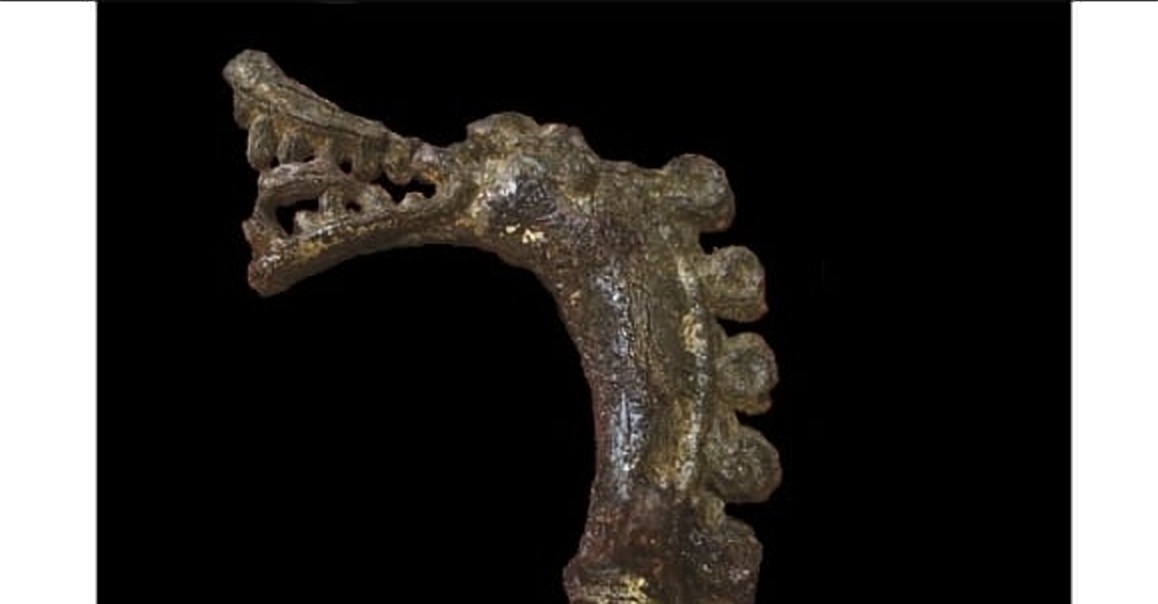Some 130 years ago, a Swedish farmer found a Viking black dragon carving. A carving showing a pointy horn on the head of the dragon and a curly manes reaching down his neck. Researches suspected that the soft soapstone carving might have born out of a mold for casting metals but neither the farmer nor the scientists could found the actual dragon pieces made by the mold. Then in 2015, a metal dragon piece, that is being said to have been made by Vikings was found in Birka- a hotspot for Viking archaeological finds- by a team of archaeologists. The dragon piece looked exactly like the carved mold. The results of the study were published on June 28 in the journal Antiquity.
Sven Kalmring, an archaeologist at the Centre for Baltic and Scandinavian Archaeology in Schleswig, Germany and also the senior study researcher said, “Of course, as an archaeologist excavating in Birka, one is aware that you definitely will make thousands of fine finds. This find, however, once identified, blew our minds!” The dragonhead isn’t what the archaeologists would call a large archaeological find, it is rather tiny- about 1.7 by 1.6 inches. The carving was descriptive but the original dragon piece is even more so- with the dragon’s gaping mouth having gloriously pointed teeth and a tongue that sticks out. According to Kalmring, this dragon was used as an ornamental skull to an iron dress pin. It is made up of lead and Vikings actually preferred lead over silver because lead has a lower melting point.
The dragon piece is most similar to the figurehead of the Viking Ladby ship which is said to be dating back to 900 A.D., the Viking ship was discovered in Denmark and the dragon piece dates back to somewhere between 850 and 900 A.D.- which coincides perfectly with the ship’s timeline. According to the research team, there are some subtle variations between the dragon pin and the mold discovered by the Swedish farmer in 1887- but both indicate that Vikings created a considerable amount of molds and pins. Since these pieces are rare, they were probably made especially for high ranking officials. The research team is now sure of the fact that Birka is an extremely vital site for obtaining more information on the Viking trading network.

